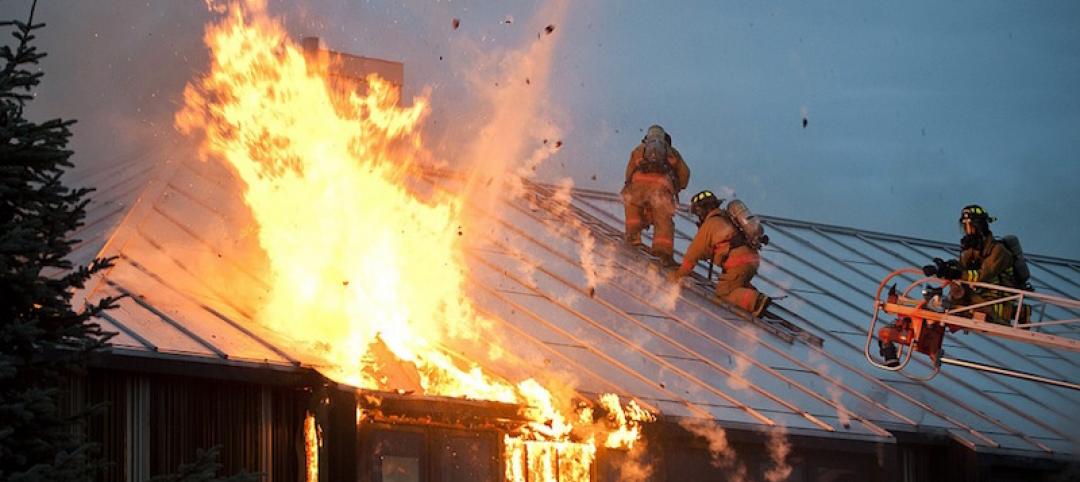Using resilient construction techniques in regions prone to extreme weather events is worth the expense, according to a new study from researchers at the Massachusetts Institute of Technology.
The study, “A BreakEven Hazard Mitigation Metric,” says initial investment in mitigation is the key to a sound structure. An initial hazard mitigation investment of $340,000 on a $10 million building would pay for itself over the lifetime of the structure by mitigating storm damage, the study says.
“Too much emphasis is placed on minimizing initial building costs and not enough attention is paid to the high costs of rebuilding after a storm,” said Jeremy Gregory, executive director of the Concrete Sustainability Hub at the Massachusetts Institute of Technology at a roundtable event in Florida. “We need elected officials to take a more long-term and sustainable view by supporting resilient building efforts.”
State lawmakers, officials, and members of the building and code communities discussed the issue at the recently held roundtable in the wake of Hurricane Matthew. The storm caused an estimated $606 million in damages.
Related Stories
Codes and Standards | Jul 27, 2017
Five fire scenarios tested on full-scale mass timber building
Results will help inform code changes.
Codes and Standards | Jul 26, 2017
New ISO standard on video fire detectors will help identify fires more quickly
The standard marks the first comprehensive international specification for this equipment.
Codes and Standards | Jul 25, 2017
Geotechnical solutions prevent building distress due to expansive clay soils
The condition is the most common geologic hazard in the U.S.
Codes and Standards | Jul 24, 2017
Non-union labor gaining ground in New York City
President of contractors’ group says competitive pricing is spurring more open shops.
Codes and Standards | Jul 20, 2017
New tallest tower west of the Mississippi built to stringent seismic standards
L.A.’s new 1,100-foot skyscraper dominates city’s skyline.
Codes and Standards | Jul 20, 2017
Chicago rises to the top of U.S. cities in percentage of LEED or Energy Star office buildings
Certified office buildings reach 66% in windy city.
Codes and Standards | Jul 19, 2017
Economic impacts of climate change will jump over next two decades
Average annual cost to buildings and infrastructure from eastern storms to rise by $7.3 billion.
Codes and Standards | Jul 18, 2017
Energy modeling yields accuracy within 4%, says new study
Results of the study support the usefulness of the practice.
Codes and Standards | Jul 13, 2017
Net Zero Energy rebranded as ‘Zero Energy’
ILF aims to make new certification the sole standard for highest performing buildings.
Codes and Standards | Jul 13, 2017
New York City creates $10 million fund to help women- and minority-owned firms win construction contracts
The money is earmarked for up to $500,000 surety bonds per contract.















